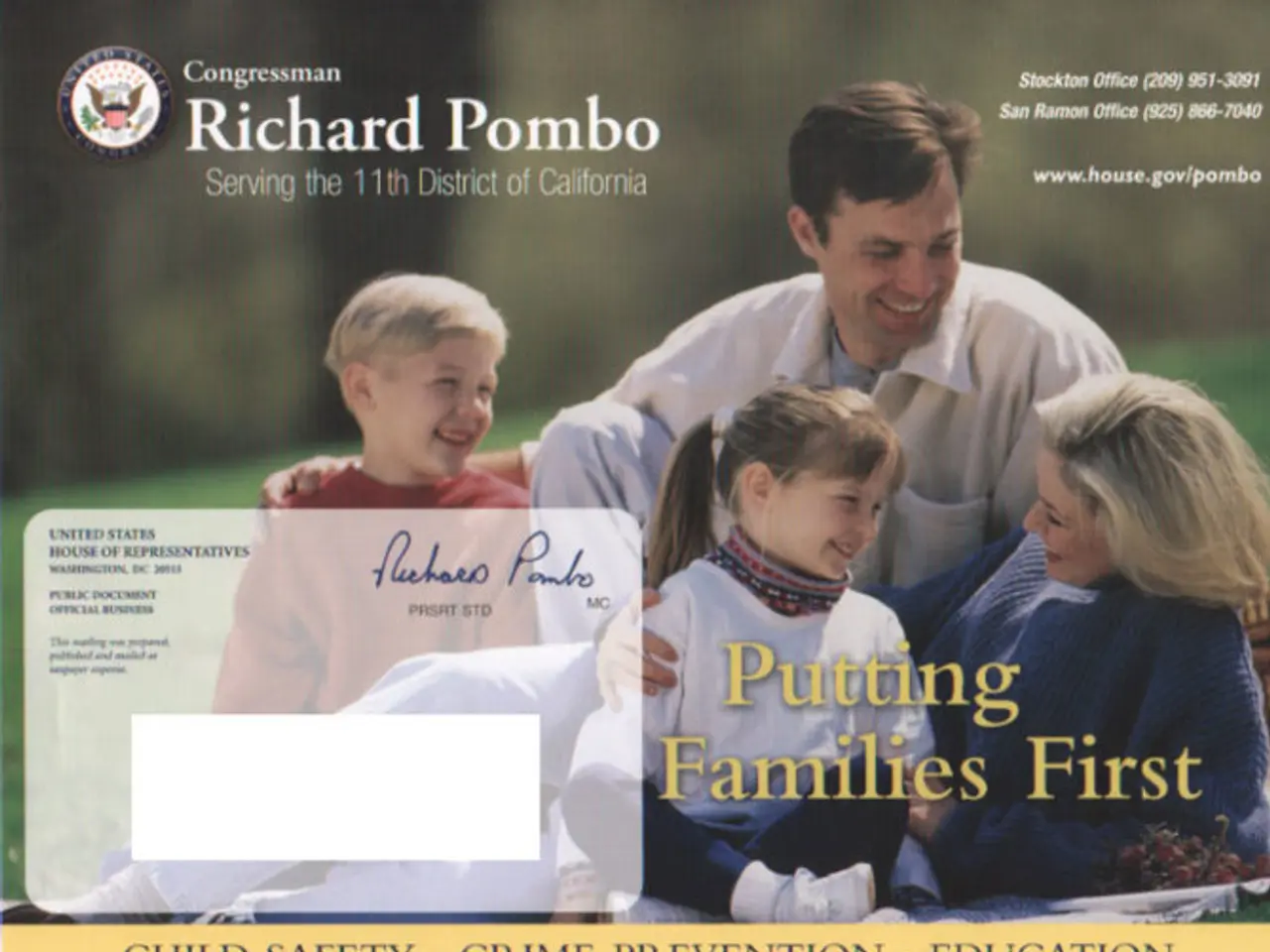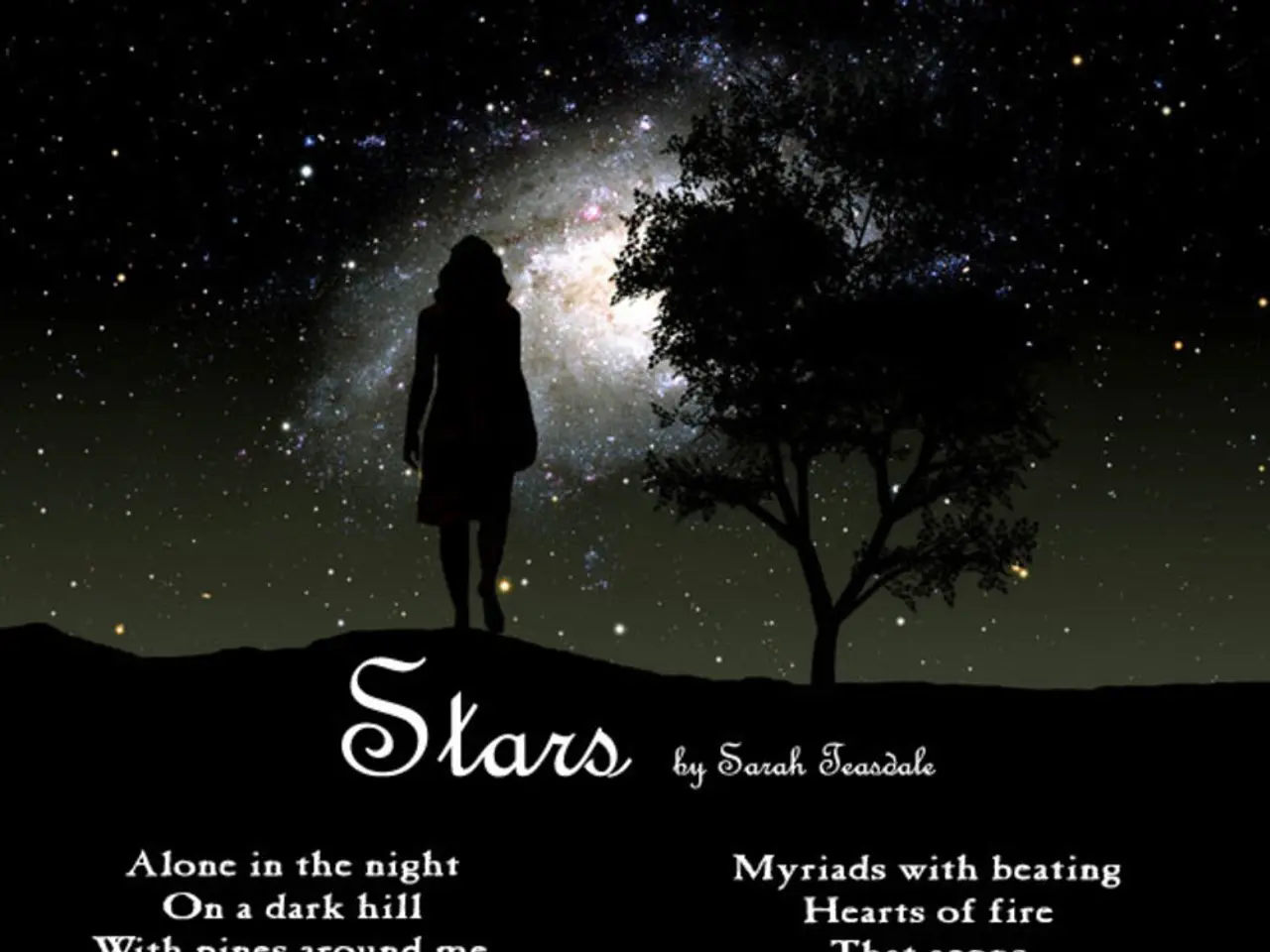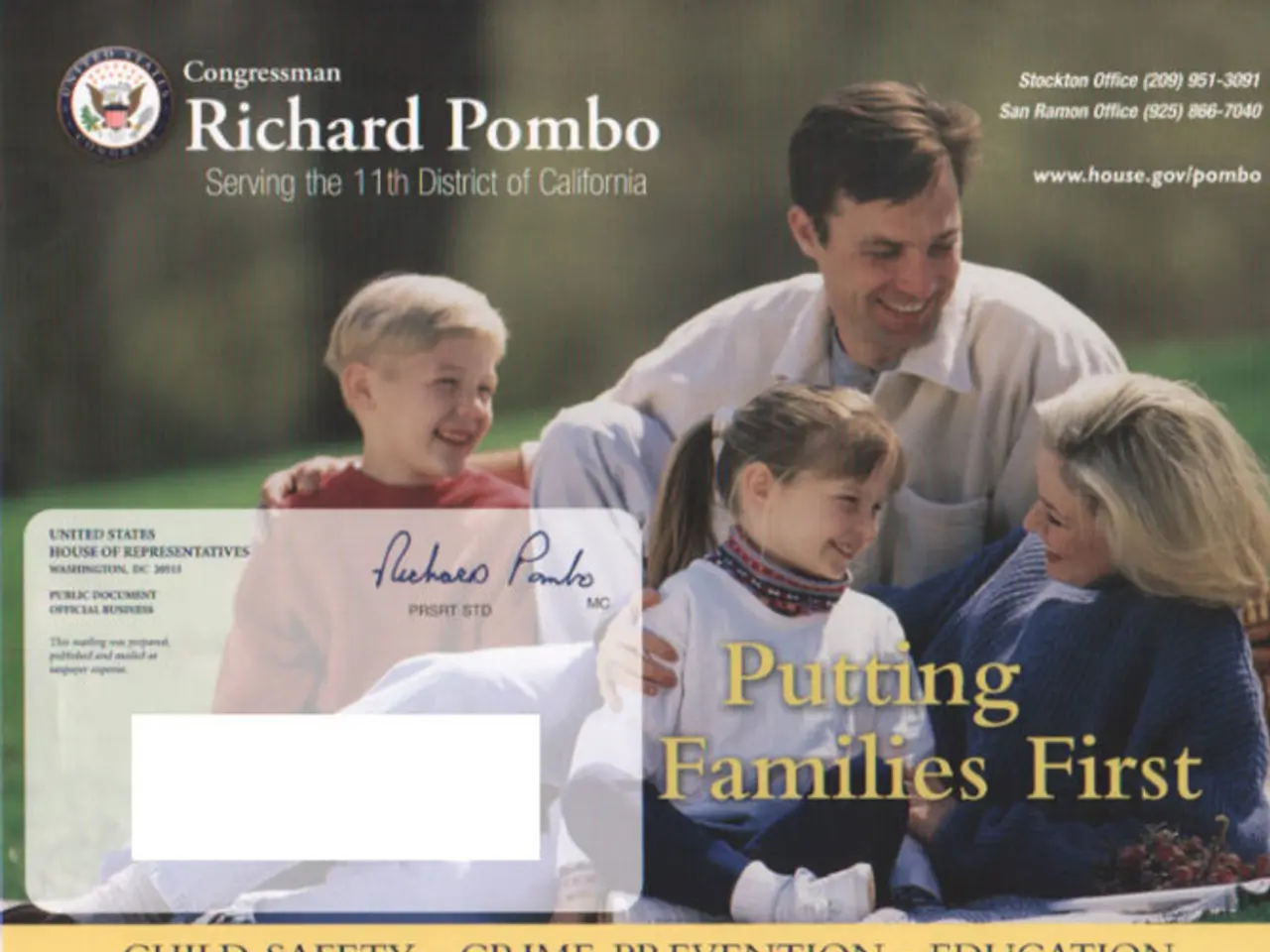Uncovering Data from Old Family History Records
In the digital age, the quest to make historical documents accessible for genealogical research has seen significant advancements, but numerous challenges persist.
FamilySearch International, a non-profit organisation dedicated to helping people discover their family history, boasts an impressive collection of over 12 billion images of historical records, thanks to the efforts of volunteers and collaborating organisations. The organisation's website, mobile apps, and over 5,000 local family history centers provide a wealth of resources for those seeking to delve into their ancestry.
Modern technologies such as Optical Character Recognition (OCR), Handwritten Text Recognition (HTR), and Natural Language Processing (NLP) have played a crucial role in this digitisation process. However, the unique nature of historical materials and the limitations of current models present several key challenges.
One such challenge is the diverse and complex layouts of historical documents. These often feature irregular formats with multi-column pages, marginalia, decorative borders, and interleaved elements like song lyrics and commentary. This complexity complicates automatic layout analysis and segmentation required for OCR/HTR accuracy.
Another issue is the degraded quality of many archival documents. Faded ink, stains, bleed-through from opposite pages, or damage can cause image quality degradation, impacting recognition models.
Handwriting variation also poses a significant challenge. Historical documents often exhibit wide variability in handwriting styles, including differing scripts, inconsistent character shapes and sizes, and sometimes cursive or calligraphic writing. This variability makes standard OCR less effective and requires specialized HTR models.
Archaic language and orthography further complicate matters. Historical texts frequently contain dialectal, archaic, or obsolete vocabulary and spelling not present in modern training datasets, leading to transcription and search inaccuracies for NLP models trained primarily on contemporary language.
Limited training data and adaptability are also issues. Pretrained models, such as Tesseract for printed text and Transkribus for manuscripts, face difficulties generalising across different historical scripts and languages. Effective recognition often requires substantial manual correction and custom model training, which is time-consuming and costly.
Some documents mix printed and handwritten text, illuminated letters, or multiple scripts, further complicating automated recognition workflows. Even after transcription, errors accumulate from OCR/HTR output, complicating text indexing and retrieval. NLP tools must cope with noisy input and semantic changes over time to enable meaningful genealogical searches.
Platforms like Transkribus offer advanced AI and collaboration tools to improve recognition and transcription, but challenges like high error rates for difficult documents and the need for expert intervention remain.
Despite these challenges, the promise of OCR, HTR, and related information extraction technologies to change the cost equation and make virtually any historical document searchable online is tantalisingly close. FamilySearch, for instance, began serious investments in technology, research, data, and talent to automatically transcribe and index all its historical document images around 2011.
However, the process of turning physical historical documents into online searchable text is time consuming, complex, expensive, and hard to reproduce generically. Digital scanning and manual transcription remain expensive, leading archives and genealogical businesses to focus their resources on collections which appeal to the greatest number of paying customers.
As we navigate these challenges, it's important to remember that technology is not the only problem in digitising historical documents. Relationships with archives, needed contracts, navigation of local laws, and physical access to source documents are also significant hurdles.
In conclusion, while advancements in HTR and NLP technologies have significantly improved historical document digitisation, challenges in layout complexity, degraded images, handwriting variability, archaic language, and model adaptability persist, limiting fully automated and accurate searchability essential for genealogical research.
References: [1] A. B. M. de Kraker, et al., "The challenges of historical document analysis: a survey," ACM Transactions on Document Engineering and Management, vol. 18, no. 3, pp. 1–31, 2019. [2] M. M. van Hout, et al., "The Transkribus platform for historical document analysis: an overview," ACM Transactions on Multimedia Computing, Communications, and Applications, vol. 15, no. 1, pp. 1–23, 2019. [3] M. M. van Hout, et al., "Transkribus: a platform for large-scale transcription of historical documents," in Proceedings of the 2017 ACM conference on Document Analysis and Recognition, pp. 1173–1182, 2017. [4] M. M. van Hout, et al., "Transkribus: a platform for large-scale transcription and analysis of historical documents," in Proceedings of the 11th ACM international conference on Multimedia Retrieval, pp. 149–156, 2018.
- Science and technology have made significant strides in digitizing historical documents, but medical-conditions like degraded image quality, handwriting variability, and complex layouts persist as challenges.
- The field of environmental-science could benefit from the digitization of historical documents, as it often relies on archived data for climate research.
- As we move towards a health-and-wellness focused lifestyle, understanding our personal-finance history and wealth-management strategies through family records can provide valuable insights.
- In the realm of finance, investing in companies that specialize in data-and-cloud-computing and technology related to document digitization may yield returns.
- Cybersecurity is crucial in safeguarding the data obtained from digitalizing historical documents to prevent unauthorized access or data loss.
- Education-and-self-development in artificial-intelligence could help create more advanced OCR, HTR, and NLP models to tackle the current challenges faced in digitizing historical documents.
- The business of digitizing historical documents for genealogical research not only requires investments in technology, research, data, and talent, but also effective collaboration with archives, adherence to local laws, and efficient use of resources.




